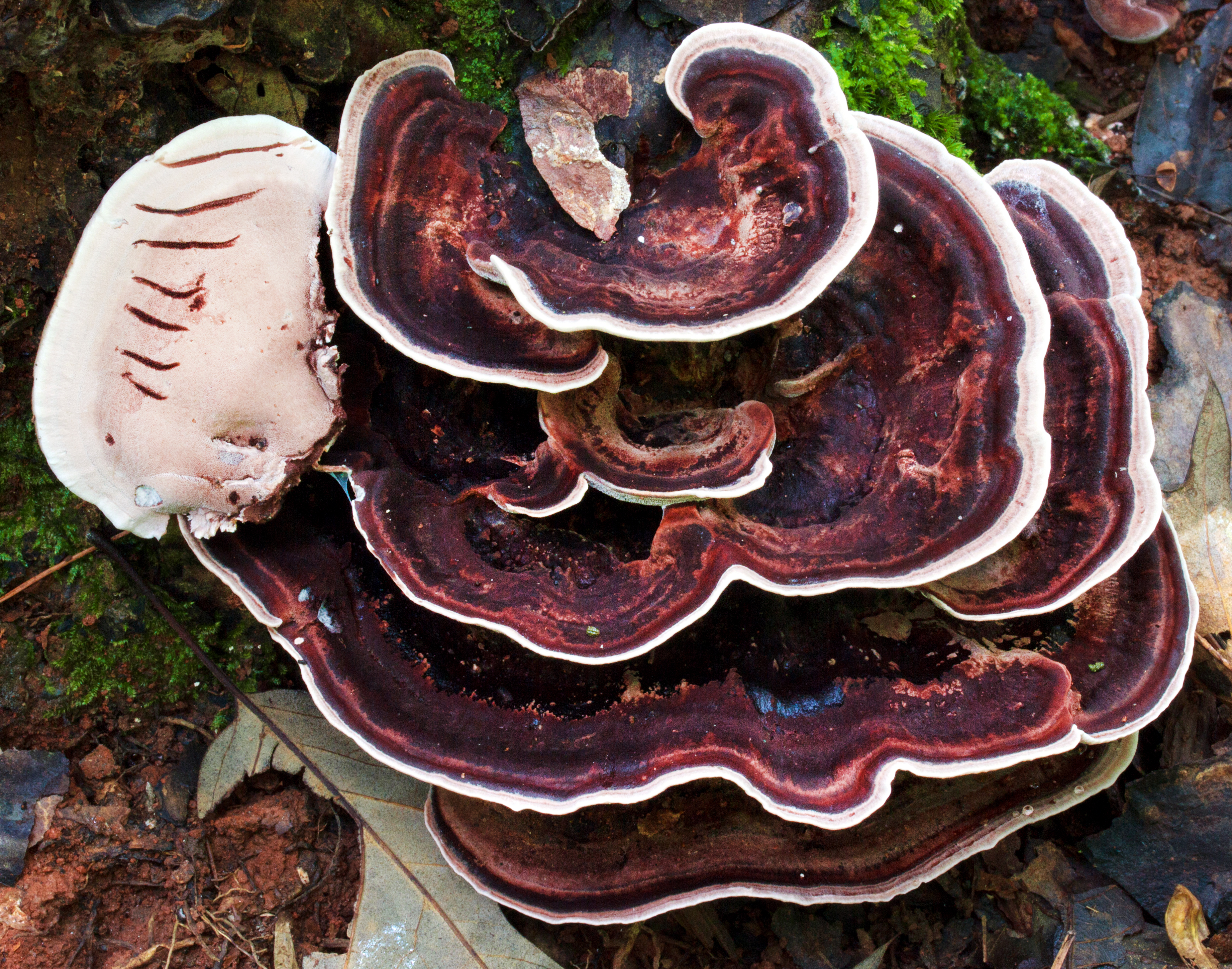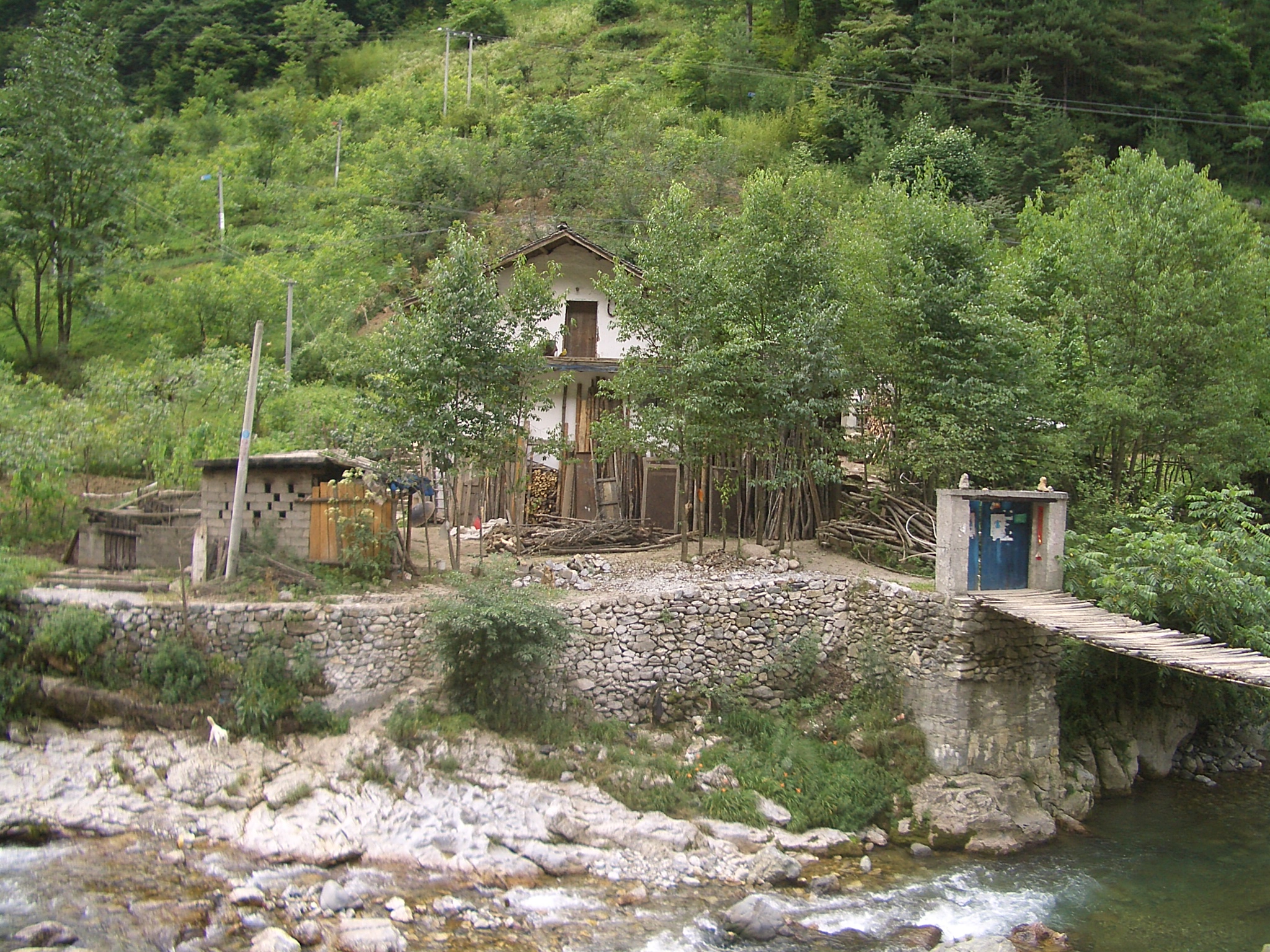|
Steccherinum Subulatum
''Steccherinum subulatum'' is a hydnoid fungus of the family Steccherinaceae. Found in China, it was described as new to science by mycologists Hai-Sheng Yuan and Yu-Cheng Dai in 2005. The type collection was found growing on a fallen ''Celtis'' branch in Shennongjia Nature Reserve (Hubei province). The specific epithet In Taxonomy (biology), taxonomy, binomial nomenclature ("two-term naming system"), also called binary nomenclature, is a formal system of naming species of living things by giving each a name composed of two parts, both of which use Latin gramm ... ''subulatum'' (meaning subulate) refers to the shape of its skeletocystidia. References Fungi described in 2005 Fungi of China Steccherinaceae Taxa named by Yu-Cheng Dai Fungus species {{Polyporales-stub ... [...More Info...] [...Related Items...] OR: [Wikipedia] [Google] [Baidu] |
Hydnoid Fungus
The hydnoid fungi are a group of fungi in the Basidiomycota with basidiocarps (fruit bodies) producing spores on pendant, tooth-like or spine-like projections. They are colloquially called tooth fungi. Originally such fungi were referred to the genus ''Hydnum'' ("hydnoid" means ''Hydnum''-like), but it is now known that not all hydnoid species are closely related. History ''Hydnum'' was one of the original genera created by Linnaeus in his ''Species Plantarum'' of 1753. It contained all species of fungi with fruit bodies bearing pendant, tooth-like projections. Subsequent authors described around 900 species in the genus. With increasing use of the microscope, it became clear that not all tooth fungi were closely related and most ''Hydnum'' species were gradually moved to other genera. The Dutch mycologist Rudolph Arnold Maas Geesteranus paid particular attention to the group, producing a series of papers reviewing the taxonomy of hydnoid fungi. The original genus ''Hydnum'' is st ... [...More Info...] [...Related Items...] OR: [Wikipedia] [Google] [Baidu] |
Steccherinaceae
The Steccherinaceae are a family of about 200 species of fungi in the order Polyporales. It includes crust-like, toothed, and poroid species that cause a white rot in dead wood. Taxonomy The family was circumscribed by Estonian mycologist Erast Parmasto in 1968. Parmasto's original concept included species that are today classified in the Agaricales, Hymenochaetales, Polyporales, and Russulales. A large-scale molecular study published in 2012 by Otto Miettinen and colleagues redefined the limits of the Steccherinaceae to include most species of the poroid and hydnoid genera '' Antrodiella'', '' Junghuhnia'', and ''Steccherinum'', as well as members of 12 other hydnoid and poroid genera. These genera were traditionally classified in the families Phanerochaetaceae, Polyporaceae, and Meruliaceae. They commented: "we see the need for at least 30 monophyletic, morphologically distinguishable genera. These include no fewer than 15 new genera for both polypores and hydnoid fungi, an ... [...More Info...] [...Related Items...] OR: [Wikipedia] [Google] [Baidu] |
Species Description
A species description is a formal scientific description of a newly encountered species, typically articulated through a scientific publication. Its purpose is to provide a clear description of a new species of organism and explain how it differs from species that have been previously described or related species. For a species to be considered valid, a species description must follow established guidelines and naming conventions dictated by relevant nomenclature codes. These include the International Code of Zoological Nomenclature (ICZN) for animals, the International Code of Nomenclature for algae, fungi, and plants (ICN) for plants, and the International Committee on Taxonomy of Viruses (ICTV) for viruses. A species description often includes photographs or other illustrations of type material and information regarding where this material is deposited. The publication in which the species is described gives the new species a formal scientific name. Some 1.9 million ... [...More Info...] [...Related Items...] OR: [Wikipedia] [Google] [Baidu] |
Type (biology)
In biology, a type is a particular specimen (or in some cases a group of specimens) of an organism to which the scientific name of that organism is formally associated. In other words, a type is an example that serves to anchor or centralizes the defining features of that particular taxon. In older usage (pre-1900 in botany), a type was a taxon rather than a specimen. A taxon is a scientifically named grouping of organisms with other like organisms, a set that includes some organisms and excludes others, based on a detailed published description (for example a species description) and on the provision of type material, which is usually available to scientists for examination in a major museum research collection, or similar institution. Type specimen According to a precise set of rules laid down in the International Code of Zoological Nomenclature (ICZN) and the ''International Code of Nomenclature for algae, fungi, and plants'' (ICN), the scientific name of every taxon is ... [...More Info...] [...Related Items...] OR: [Wikipedia] [Google] [Baidu] |
Celtis
''Celtis'' is a genus of about 60–70 species of deciduous trees, commonly known as hackberries or nettle trees, in the hemp family Cannabaceae. It has a cosmopolitan distribution. Description ''Celtis'' species are generally medium-sized trees, reaching tall, rarely up to tall. The leaves are alternate, simple, long, Glossary of leaf morphology#ovate, ovate-acuminate, and evenly serrated margins. Diagnostically, ''Celtis'' can be very similar to trees in the Rosaceae and other rose motif families. Small flowers of this monoecious plant appear in early spring while the leaves are still developing. Male flowers are longer and hairy. Female flowers are greenish and more rounded. The fruit is a small drupe in diameter, edible in many species, with a dryish but sweet, sugary consistency, reminiscent of a date palm, date. Taxonomy Previously included either in the elm family (Ulmaceae) or a separate family, Celtidaceae, the APG III system places ''Celtis'' in an expanded hemp ... [...More Info...] [...Related Items...] OR: [Wikipedia] [Google] [Baidu] |
Shennongjia
Shennongjia Forestry District ( zh, s=神农架林区, p=Shénnóngjià Línqū) is a county-level administrative unit (a "forestry district") in northwestern Hubei province, People's Republic of China, directly subordinated to the provincial government. It occupies in western Hubei, and, as of 2007 had the resident population estimated at 74,000 (with the ''registered'' population of 79,976). On July 17, 2016, Hubei Shennongjia was listed as a World Heritage Site, the 50th World Heritage Site in China, because of its exceptional floral and faunal biodiversity and its protection of many rare, endangered, and endemic species. The population is predominantly (95%) Han Chinese, the remaining 5% being mostly Tujia. Administration The administrative status of Shennongjia is rather unusual, in that it is the only county-level administrative unit of the People's Republic of China designated a "forestry district" (), rather than a more usual county or county-level city. Shennongjia's ... [...More Info...] [...Related Items...] OR: [Wikipedia] [Google] [Baidu] |
Hubei
Hubei is a province of China, province in Central China. It has the List of Chinese provincial-level divisions by GDP, seventh-largest economy among Chinese provinces, the second-largest within Central China, and the third-largest among inland provinces. Its provincial capital at Wuhan serves as a major political, cultural, and economic hub for the region. Hubei is associated with the historical state of E that existed during the Western Zhou dynasty (771 BCE). Its name means 'north of the lake', referring to Dongting Lake. It borders Henan to the north, Anhui and Jiangxi to the east, Hunan to the south, and Chongqing and Shaanxi to the west. The high-profile Three Gorges Dam is located at Yichang in the west of the province. History The Hubei region was home to sophisticated Neolithic cultures. By the Spring and Autumn period (770–476 BC), the territory of today's Hubei formed part of the powerful Chu (state), State of Chu. Chu, nominally a tributary state of the Zh ... [...More Info...] [...Related Items...] OR: [Wikipedia] [Google] [Baidu] |
Botanical Name
A botanical name is a formal scientific name conforming to the ''International Code of Nomenclature for algae, fungi, and plants'' (ICN) and, if it concerns a plant cultigen, the additional cultivar or cultivar group, Group epithets must conform to the ''International Code of Nomenclature for Cultivated Plants'' (ICNCP). The code of nomenclature covers "all organisms traditionally treated as algae, Fungus, fungi, or plants, whether fossil or non-fossil, including blue-green algae (Cyanobacteria), Chytridiomycota, chytrids, oomycetes, slime moulds and Photosynthesis, photosynthetic protists with their taxonomically related non-photosynthetic groups (but excluding Microsporidia)." The purpose of a formal name is to have a single name that is accepted and used worldwide for a particular plant or plant group. For example, the botanical name ''Bellis perennis'' denotes a plant species which is native to most of the countries of Europe and the Middle East, where it has accumulated variou ... [...More Info...] [...Related Items...] OR: [Wikipedia] [Google] [Baidu] |
Subulate
The following terms are used to describe leaf morphology in the description and taxonomy of plants. Leaves may be simple (that is, the leaf blade or 'lamina' is undivided) or compound (that is, the leaf blade is divided into two or more leaflets). The edge of the leaf may be regular or irregular, and may be smooth or have hair, bristles, or spines. For more terms describing other aspects of leaves besides their overall morphology see the leaf article. The terms listed here all are supported by technical and professional usage, but they cannot be represented as mandatory or undebatable; readers must use their judgement. Authors often use terms arbitrarily, or coin them to taste, possibly in ignorance of established terms, and it is not always clear whether because of ignorance, or personal preference, or because usages change with time or context, or because of variation between specimens, even specimens from the same plant. For example, whether to call leaves on the same tree "acu ... [...More Info...] [...Related Items...] OR: [Wikipedia] [Google] [Baidu] |
Fungi Described In 2005
A fungus (: fungi , , , or ; or funguses) is any member of the group of eukaryotic organisms that includes microorganisms such as yeasts and mold (fungus), molds, as well as the more familiar mushrooms. These organisms are classified as one of the kingdom (biology)#Six kingdoms (1998), traditional eukaryotic kingdoms, along with Animalia, Plantae, and either Protista or Protozoa and Chromista. A characteristic that places fungi in a different kingdom from plants, bacteria, and some protists is chitin in their cell walls. Fungi, like animals, are heterotrophs; they acquire their food by absorbing dissolved molecules, typically by secreting digestive enzymes into their environment. Fungi do not photosynthesize. Growth is their means of motility, mobility, except for spores (a few of which are flagellated), which may travel through the air or water. Fungi are the principal decomposers in ecological systems. These and other differences place fungi in a single group of related o ... [...More Info...] [...Related Items...] OR: [Wikipedia] [Google] [Baidu] |
Taxa Named By Yu-Cheng Dai
In biology, a taxon (back-formation from ''taxonomy''; : taxa) is a group of one or more populations of an organism or organisms seen by taxonomists to form a unit. Although neither is required, a taxon is usually known by a particular name and given a particular ranking, especially if and when it is accepted or becomes established. It is very common, however, for taxonomists to remain at odds over what belongs to a taxon and the criteria used for inclusion, especially in the context of rank-based (" Linnaean") nomenclature (much less so under phylogenetic nomenclature). If a taxon is given a formal scientific name, its use is then governed by one of the nomenclature codes specifying which scientific name is correct for a particular grouping. Initial attempts at classifying and ordering organisms (plants and animals) were presumably set forth in prehistoric times by hunter-gatherers, as suggested by the fairly sophisticated folk taxonomies. Much later, Aristotle, and later still ... [...More Info...] [...Related Items...] OR: [Wikipedia] [Google] [Baidu] |





